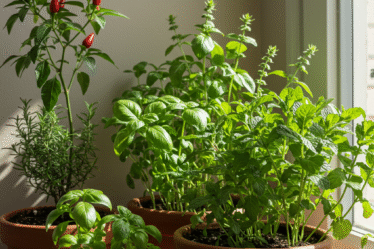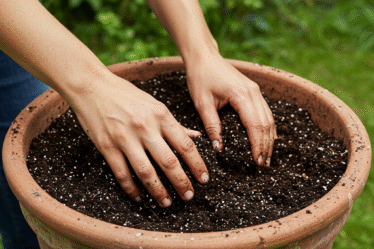
Transform your plant care routine with the magic of DIY drip irrigation! Forget daily watering chores and say hello to consistently hydrated, happy plants. This comprehensive guide will empower you to build your own self-watering planter, ensuring your green companions thrive even when you’re busy or away. Whether you’re a seasoned gardener or just starting out, this project offers a simple yet effective solution for optimal plant health.
The beauty of a self-watering planter lies in its ingenious simplicity. By creating a reservoir of water beneath the soil, you allow plants to drink as needed, mimicking their natural environment. This eliminates the risks of both overwatering and underwatering, two common culprits behind plant distress. No more soggy roots or wilting leaves – just consistent moisture for robust growth.
Building your own DIY drip irrigation system is surprisingly straightforward. You’ll need a few readily available materials: two containers (one slightly smaller than the other), some porous material like pebbles or broken pottery shards, and of course, your potting mix and chosen plant. The larger container serves as the outer shell, housing the smaller container, which holds your plant. The space between the two containers becomes the reservoir, filled with water. The porous material creates a gap at the bottom of the inner pot, allowing the plant’s roots to access the water without sitting directly in it.
Start by placing a layer of your chosen porous material in the bottom of the larger container. This layer should be about an inch or two deep, depending on the size of your containers. Next, nestle the smaller container inside, ensuring it sits securely above the drainage layer. Fill the gap between the two containers with more porous material, creating a pathway for water to reach the plant’s roots. Now, you’re ready to add your potting mix to the inner container and plant your chosen greenery. Finally, fill the reservoir with water, ensuring the water level remains below the top of the porous material.
The frequency of refilling the reservoir will depend on various factors, including the plant’s water requirements, the size of the reservoir, and the ambient temperature. Observe your plants closely and adjust your watering schedule accordingly. You’ll soon develop an intuitive understanding of their needs. With a little practice, you’ll master the art of DIY drip irrigation, enjoying the benefits of healthy, vibrant plants without the constant worry of watering.
DIY drip irrigation is a game-changer for any plant enthusiast. It’s an eco-friendly way to conserve water, reduce maintenance, and promote healthy plant growth. So, gather your materials, unleash your creativity, and embark on this rewarding journey towards effortless plant care. Your thriving plants will thank you for it!



